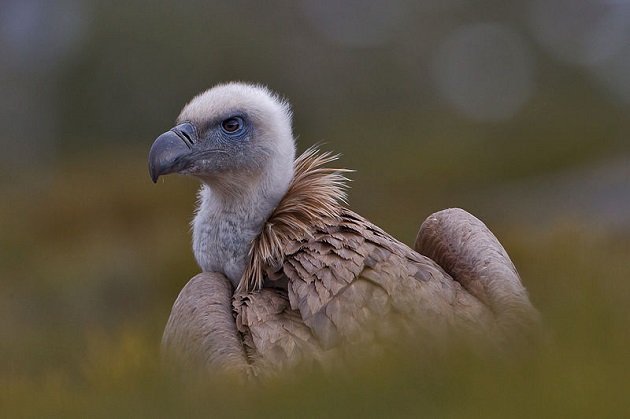
What qualifies a bird to be included in the top-5? My first criterion was that I observed it only once during the year 2018. eBird doesn’t offer such an option, so I used the second best: the species was observed in one month only. This version extended the list a bit and it turned out that almost every fourth bird was an one-monther.
Somewhat unfairly, the second criterion was that I described the observation at 10,000 Birds.
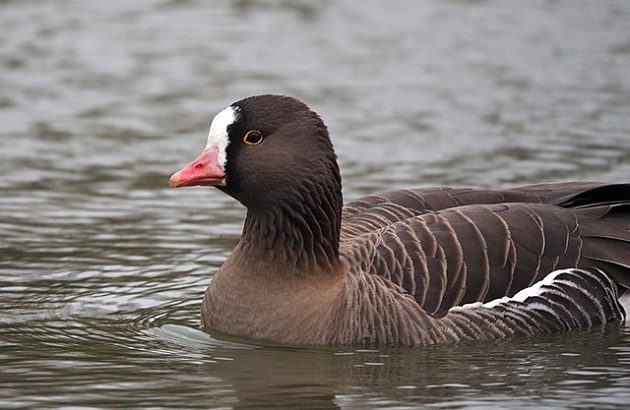 Lesser White-fronted Goose by Iggy/Wikimedia Commons
Lesser White-fronted Goose by Iggy/Wikimedia Commons
The year 2018 started with the rare Lesser White-fronted Goose, closely followed by Red-breasted Goose, Red-crested Pochard and Greater Flamingo, all at the incredible Lake Kerkini National Park in northern Greece:
“Seeing a parked 4×4 and a national park biologist Kostas Papadopoulos scoping the flats… What is he looking at? Lesser White-fronted Geese, of course. With one Black Stork near them, some 80 LWfG were foraging in the distance, where the sun was just now clearing the mist. Then 20 more joined them, so I entered 100 in my notebook. I counted them very roughly, but I do have a lot of experience estimating flocks. Kostas was not merely counting them, but counted one by one, checking also their age and if they have colour rings on their legs and came out with 101 LWfG.”
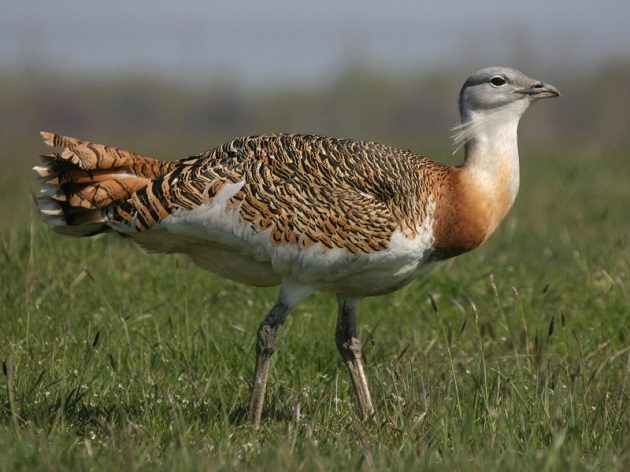 Great Bustard by Andrej Chudy/Wikimedia Commons
Great Bustard by Andrej Chudy/Wikimedia Commons
The next specialty was the Great Bustard at the Pastures of Great Bustard Nature Reserve in the north of Serbia:
“The Association for the Protection of the Great Bustard had just about enough counters to cover the reserve and the neighbouring areas (birds often spend the winter in arable fields outside the reserve). It was still raining when we started the count, but the visibility wasn’t that bad. The first disappointment came early: the soil was far too soaked for any dirt track driving, even for something as capable as the mighty Hilux. Hence all vehicles – including 4x4s – were restricted to paved roads only.”
In spring, the next one-monther became the Griffon Vulture (cover photo) in the Tresnjica Gorge Nature Reserve in western Serbia:
“The unpaved road winds up the hill, through a traditional farming landscape of small gardens, meadows and raspberry fields with thickets of the Oriental hornbeam, Turkey and Italian oak, black pine and prickly juniper, where Common Whitethroats and Eurasian Blackcaps sing and Eurasian Blackbirds chase each other. We even asked one elderly villager where to look for Griffon Vultures and got the answer: ‘In the raspberries.’ (No, they weren’t in raspberry fields.)”
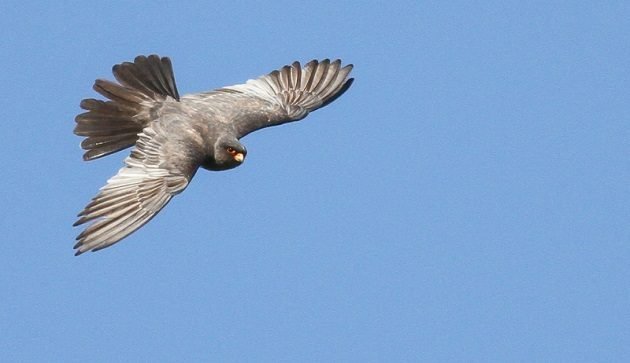 Red-footed Falcon by BartBotje/Wikimedia Commons
Red-footed Falcon by BartBotje/Wikimedia Commons
The next specialty is the Red-footed Falcon in the Deliblato Sands Nature Reserve in the east of Serbia:
“Two European Rollers await us on the wires, while one Eurasian Hoopoe flies by. On the opposite side is a smallish falcon, obviously too short-tailed for a Common Kestrel, a Eurasian Hobby first comes to mind… but a male Red-footed Falcon on migration it turns out to be. They do not build nests, but occupy old nests of Rooks and breed colonially among them. Red-footed Falcon’s breeding range starts less than 50 mi north of here and I hope that some will choose to join a local rookery and stay.”
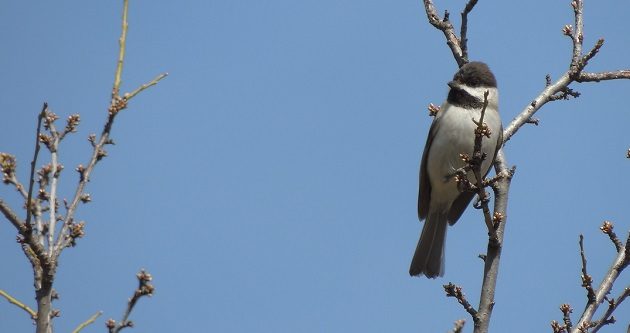 Sombre Tit by Ivan Medenica/Wikimedia Commons
Sombre Tit by Ivan Medenica/Wikimedia Commons
The final of the top-5 is the Sombre Tit in Djerdap (Iron Gates) National Park in (far) eastern Serbia, followed by one White-backed Woodpecker that I only heard, but haven’t seen:
“But the birds were there, Common Ravens, Common and Black Redstarts, European Stonechats, one Dunnock by the very roadside… Where there is enough flat land by the road (rarely), there are tire tracks avoiding the deep potholes along the roadside. Following one such set of tracks, I noticed some birds in a hedge down the slope and turned the engine off. One more Wren, a Blue Tit, European Greenfinch, then one more Black Redstart and… for a second, one Sombre Tit makes an appearance, not to show itself again.”
Back to 2019, January is the height of wildfowling and gulling season and I cannot wait to start searching… As Arthur Conan Doyle wrote in 1912, “I’m like an old golf-ball–I’ve had all the white paint knocked off me long ago. Life can whack me about now, and it can’t leave a mark. But a sportin’ risk, young fellah, that’s the salt of existence. Then it’s worth livin’ again.”
Cover photo: Griffon Vulture by Juan Lacruz/Wikimedia Commons













Leave a Comment